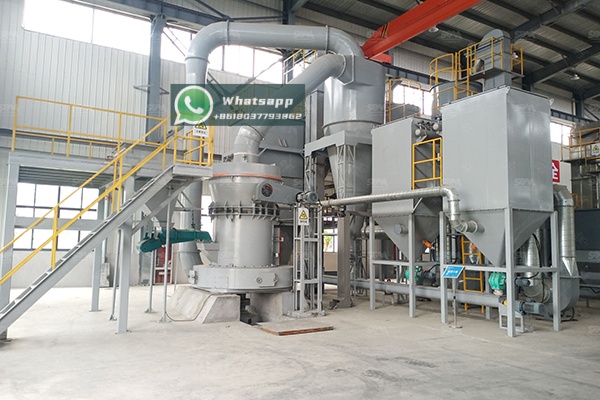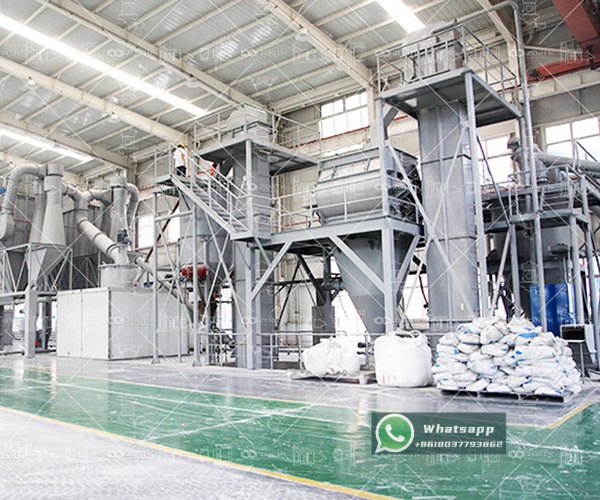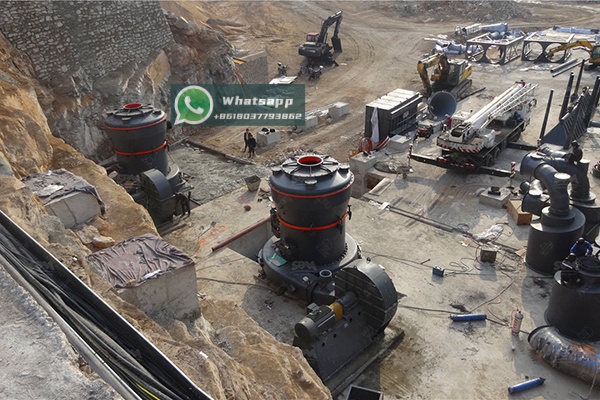The optical lens manufacturing industry represents one of the most demanding sectors in terms of material purity and particle size consistency. The performance of optical lenses, particularly those used in high-precision applications like cameras, microscopes, telescopes, and semiconductor lithography, is critically dependent on the quality of the raw materials. Dolomite, a calcium magnesium carbonate mineral (CaMg(CO3)2), has emerged as a valuable material in this field, often used as a filler or a base component in certain glass formulations. Its properties, including high whiteness, chemical stability, and specific refractive indices, make it suitable for optical applications. However, harnessing these properties requires the dolomite to be ground to an exceptionally fine and uniform powder. This is where advanced ultrafine grinding technology from specialized manufacturers like Shanghai Zenith Machinery Co., Ltd. becomes indispensable.

In the production of optical glass, the homogeneity of the batch mixture is paramount. Any inconsistency in the particle size distribution of raw materials like dolomite can lead to defects such as striae, bubbles, and inclusions in the final glass product. These defects scatter light, reduce transmission, and ultimately degrade the optical performance of the lens. For high-grade optical lenses, the required fineness of mineral powders often falls into the ultrafine range, typically between 5 microns (D97) down to sub-micron levels.
Traditional grinding mills, such as basic ball mills or Raymond mills, often struggle to achieve this level of fineness with high energy efficiency and consistent quality. They may also introduce contamination from grinding media wear or generate excessive heat, which can alter the material’s properties. Therefore, the industry demands grinding solutions that offer:
Shanghai Zenith Machinery Co., Ltd., with its extensive experience in the field of industrial powder grinding equipment, has developed mills that are perfectly suited to meet the stringent requirements of the optical industry. Among its diverse product line, two models stand out for processing ultrafine dolomite powder: the XZM Ultrafine Grinding Mill and the LUM Ultrafine Vertical Mill.
The XZM Ultrafine Grinding Mill is a leading machine for producing superfine powder. It is based on the experience of our engineers and the recommendations of thousands of users. Its design incorporates several patented technologies, making it an ideal choice for grinding soft to medium-hard materials like dolomite with a moisture content below 6%.
The working principle of the XZM mill involves a main motor driving a central shaft, which in turn rotates a grinding ring. Rollers equipped with swing functions rotate and press against the inner wall of the grinding ring due to centrifugal force. The dolomite feed material is shoveled onto the grinding ring and is pulverized by the rollers’ rolling and pressing action. A high-efficiency classifier ensures that only particles meeting the required fineness leave the mill, while coarser particles are returned for further grinding.
For the optical lens industry, the key advantage of the XZM mill is its ability to achieve a fineness range of 325 to 2500 mesh (approximately 45 to 5 microns). This allows manufacturers to precisely tailor the dolomite powder to their specific formulation needs. The compact design and high grinding efficiency also contribute to lower overall energy consumption.

The following table details the technical parameters of the XZM series, with the XZM221 model being particularly suitable for pilot plants or medium-scale optical material production.
| Model | Working Diameter (mm) | Max Feed Size (mm) | Final Size (mesh) | Output (kg/h) | Main Motor Power (kW) |
|---|---|---|---|---|---|
| XZM221 | Φ800 | ≤20 | 325-2500 | 500-4500 | 75 |
| XZM268 | Φ1680 | ≤20 | 325-2500 | 5000-25000 | 315 |
For larger-scale production requiring the highest levels of automation and powder quality, the LUM Ultrafine Vertical Mill is Zenith’s flagship product. This mill represents the pinnacle of ultrafine grinding technology, integrating grinding, drying, classifying, and conveying into a single, highly efficient unit.
The LUM series employs a novel grinding roller and grinding ring design that provides higher grinding efficiency and a longer lifespan for wearing parts. Its most significant feature for the optical industry is the advanced German technology classifying system. This system allows for extremely precise control over the particle size distribution, ensuring that the final dolomite powder has a very sharp cut point and minimal oversize particles. A consistent D97 value of 5-30 microns is achievable, which is critical for eliminating defects in optical glass.
Furthermore, the LUM mill features intelligent control systems that monitor and adjust operational parameters in real-time, guaranteeing stable product quality and reducing the need for manual intervention. Its vertical structure also results in a small footprint, making it an excellent choice for modern, space-conscious production facilities.
| Model | Main Machine Power (kW) | Capacity (t/h) | Size Distribution D97 (μm) |
|---|---|---|---|
| LUM1525 | 220-250 | 1.6-11.5 | 5-30 |
| LUM1632 | 280-315 | 2.0-13.5 | 5-30 |
| LUM1836 | 355-400 | 2.3-15 | 5-30 |
The pursuit of perfection in the optical lens industry begins with the quality of its raw materials. The ability to consistently produce ultrafine, high-purity dolomite powder is a critical step in this chain. Shanghai Zenith Machinery Co., Ltd., with its profound expertise and innovative grinding solutions like the XZM and LUM mills, provides the reliable technology backbone that optical material producers need. By choosing the right grinding equipment, manufacturers can ensure their dolomite feedstock meets the exacting standards required for producing flawless optical lenses, thereby enhancing the performance and reliability of the end products used in technology and science worldwide.
